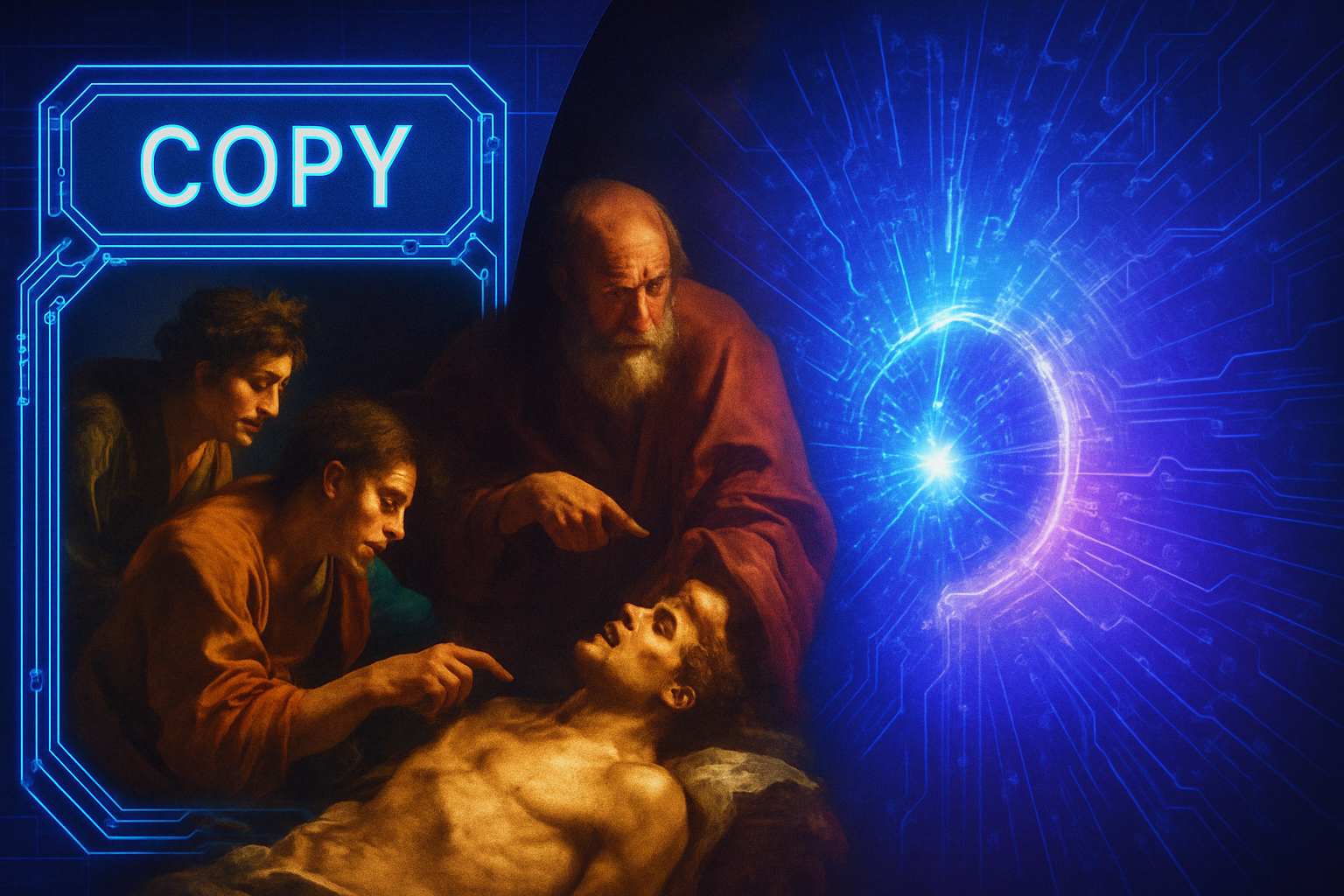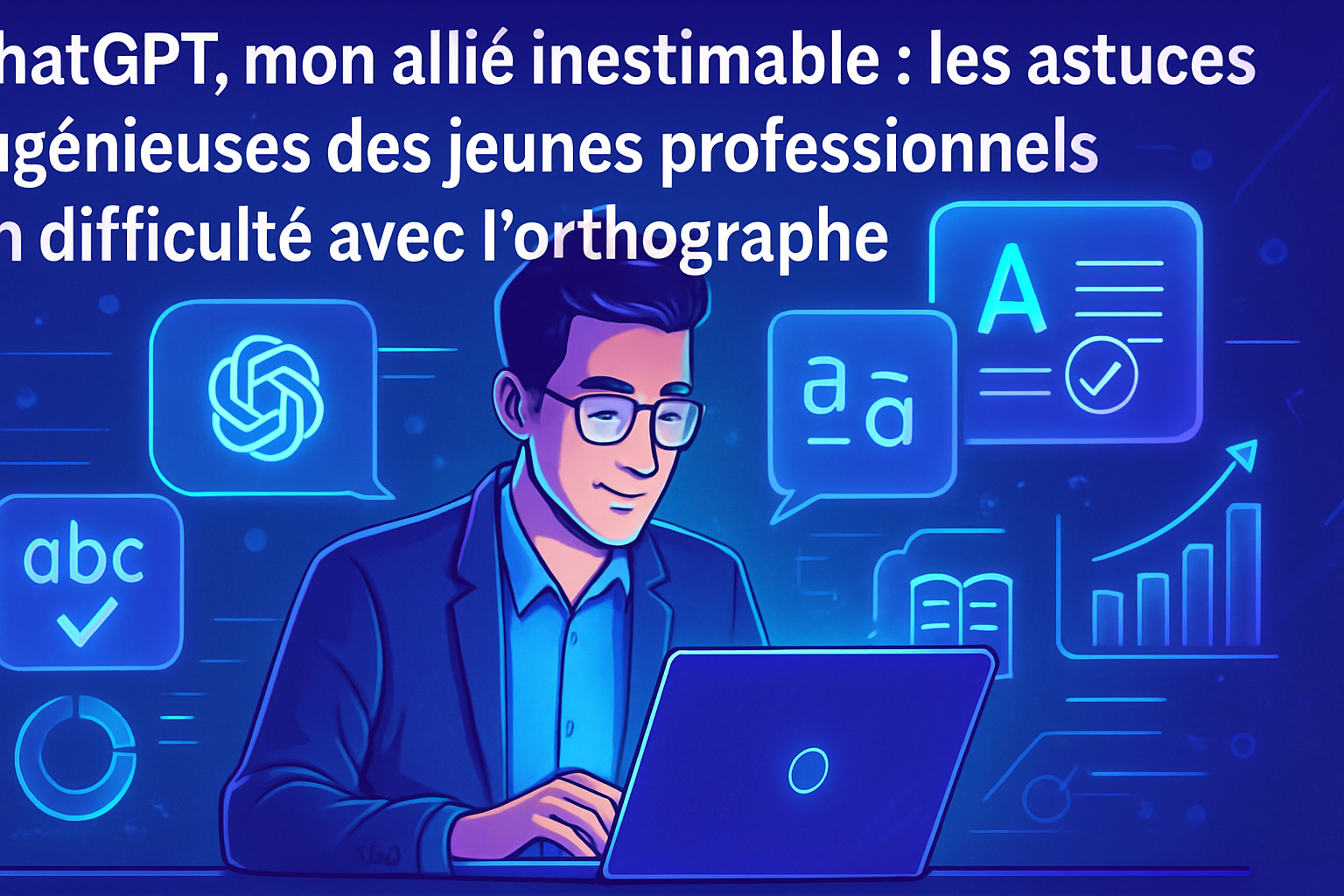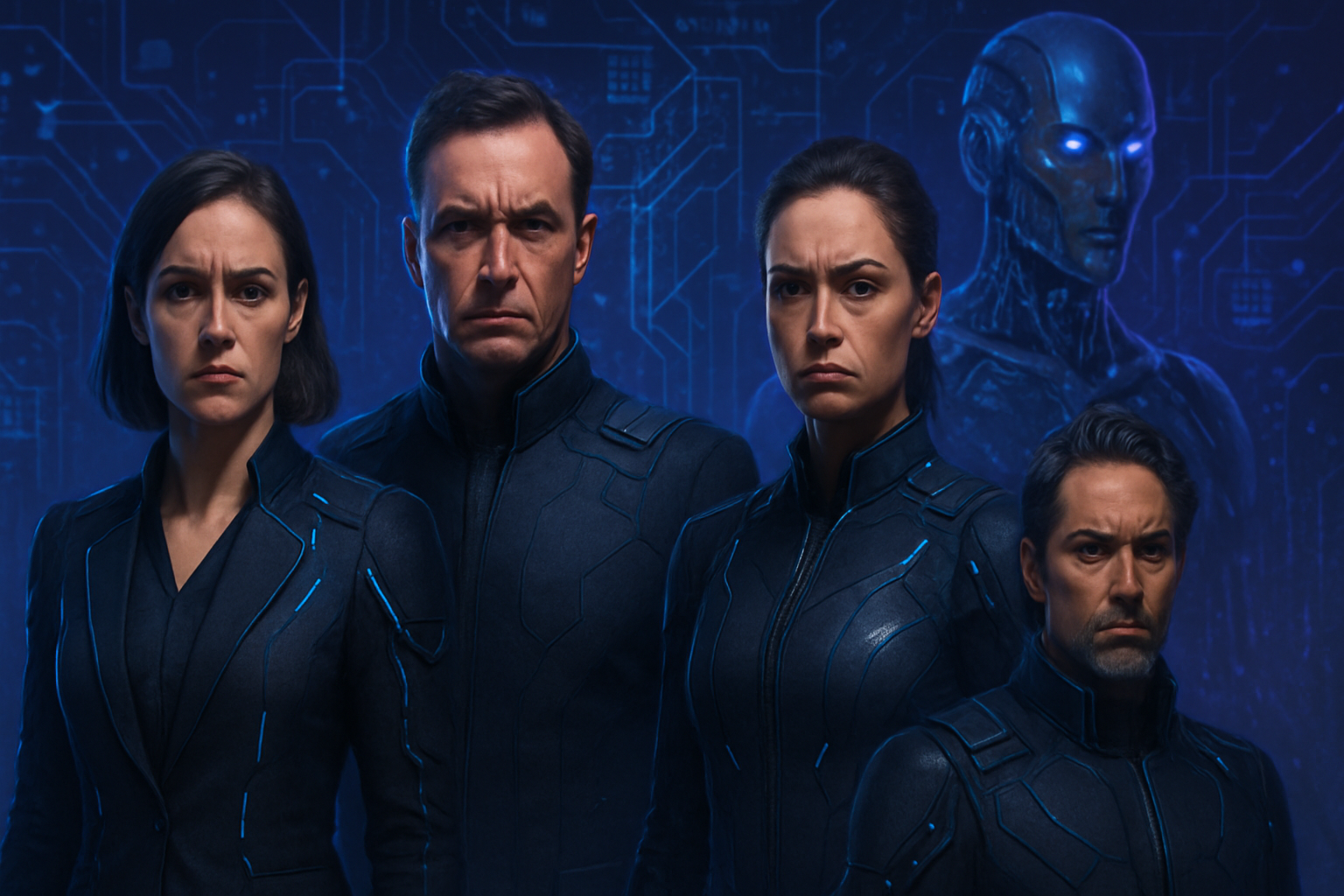The emergence of a despised work, marked by the label of copy, now challenges artistic conventions. *A meticulous analysis by artificial intelligence* has revealed the authenticity of a painting long underestimated, attributed to Caravaggio. The public questions the implications of this revealing discovery on the art market, as a painting acquired for £71,000 aspires to unprecedented valuation. Its rise as a major work raises essential questions about artistic valuation, *the redefinition of the historical canon* and the future of attributions. *The relevance of artificial intelligence* in the authentication of artworks offers fascinating perspectives, thus redefining our understanding of cultural heritage.
A Work by Caravaggio Rediscovered
An analysis based on artificial intelligence technologies has recently confirmed the attribution of a painting long considered merely a copy, The Lute Player. This masterpiece, purchased in the 18th century for Badminton House in Gloucestershire, may well have originated from the hand of the famous Milanese artist, Michelangelo Merisi da Caravaggio.
Scientific Analysis and Artificial Intelligence
Specialists from Art Recognition, a Swiss art authentication company, conducted this study in collaboration with the University of Liverpool. Their analysis resulted in a probability rate of 85.7%, which is an exceptional result in the field of artistic attribution. Dr Carina Popovici, the company’s director, stated that any score above 80% is considered extremely strong.
History of the Painting
The Lute Player has been recognized as one of the few signed works by Caravaggio. In 1969, Sotheby’s sold this painting as a copy “after Caravaggio” for about £750. During a sale in 2001, the painting had been categorized as belonging to “the entourage of Caravaggio” and was put up for sale for about £71,000.
Two Versions with Divergent Fates
Often compared to another version held at the Hermitage Museum in Russia, this Badminton painting presents characteristics unique to it. Another painting, where the figure of the lute player is a woman, is part of the Wildenstein collection. Experts agree that the materials observed in these works differ significantly from the details described by Giovanni Baglione, Caravaggio’s biographer.
Defense of Art Experts
The recent confirmation by artificial intelligence has sparked heated discussions within the artistic community. Clovis Whitfield, the art historian who acquired the painting, emphasizes the rigor of the details described by Baglione. He points out that these elements of meticulous observation inform the authenticity of the work.
Controversies and Future Perspectives
The results of the analyses by artificial intelligence contradict those formulated by experts like Keith Christiansen, who regarded the Badminton Lute Player as a copy. The parallel evaluation of the Wildenstein version by Art Recognition concluded that it was not authentic, adding a new dimension to the debate on the attribution of Caravaggio’s works.
Permanence of the Work
Many researchers and art enthusiasts agree that the Badminton painting possesses undeniable quality. The strong presence of Caravaggio in this work places it at the center of discussions about the resurgence of interest in this revolutionary 17th-century artist.
Frequently Asked Questions
What are the implications of an artificial intelligence analysis on the authenticity of artworks?
An artificial intelligence analysis, like the one conducted on Caravaggio’s painting, can provide solid scientific evidence to confirm or contest the authenticity of a work. In this case, the analysis revealed an 85.7% probability that the painting is indeed by Caravaggio.
How is the value of a painting affected by its attribution to Caravaggio?
The value of an artwork can significantly increase if authenticated as being by Caravaggio, rising from a few thousand pounds to millions. The discovered painting, valued at £71,000, could see its value multiplied if considered an original.
What tools are used in artificial intelligence analysis to determine the authenticity of a work?
Tools include image recognition algorithms, pigment analysis, and comparisons with verified works. These technologies help identify patterns and characteristics that are typical of a particular artist’s works.
Who conducted the study of Caravaggio’s work and what is their expertise?
The study was conducted by Art Recognition, a Swiss company specializing in art authentication, in collaboration with researchers from the University of Liverpool. Their expertise in scientific analysis and the use of artificial intelligence is recognized in the art field.
What were the objections to attributing the painting to Caravaggio before the analysis?
Before the analysis, some experts considered the painting a mere copy due to its condition and history, asserting that it lacked the qualities of an original. The sale by Sotheby’s in 1969 as a copy reinforced this perception.
Are there other works by Caravaggio that have been recently rediscovered or authenticated?
Yes, Caravaggio’s works are often subject to new studies and authentications, but each discovery is unique and must be evaluated based on scientific evidence. For example, a painting by Caravaggio discovered in 2019 was valued at around £96 million.
What role does the art historian play in verifying the authenticity of a work?
Art historians analyze the work based on stylistic, contextual, and historical criteria. They also provide information on descriptions of works in old documents, such as Giovanni Baglione’s regarding the studied painting.
How has the artistic community reacted to this new attribution?
The artistic community is generally divided; some experts support the attribution while others remain skeptical, often due to the work’s history and preconceived opinions. The analysis by artificial intelligence could influence opinions by providing objective data.






